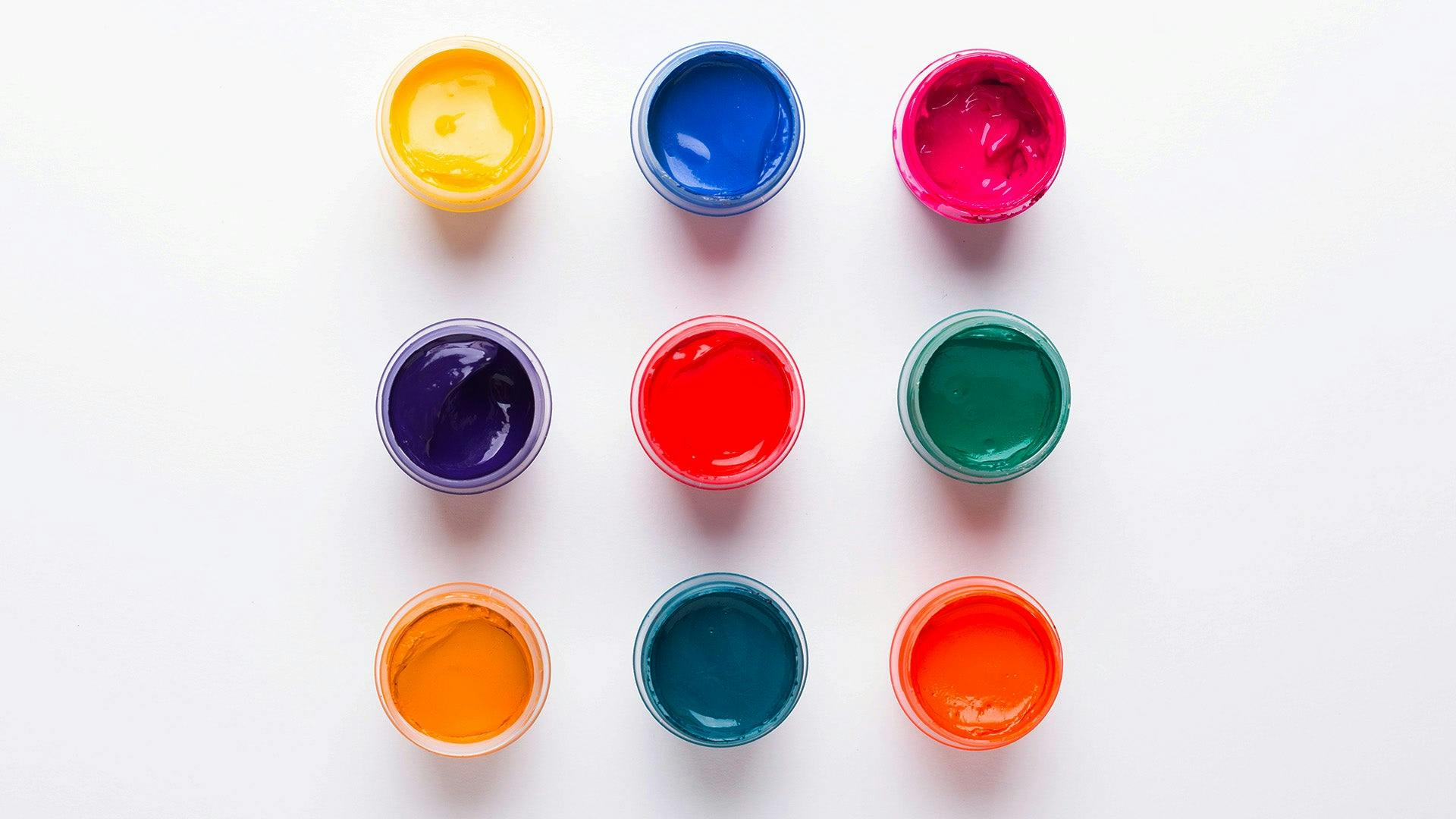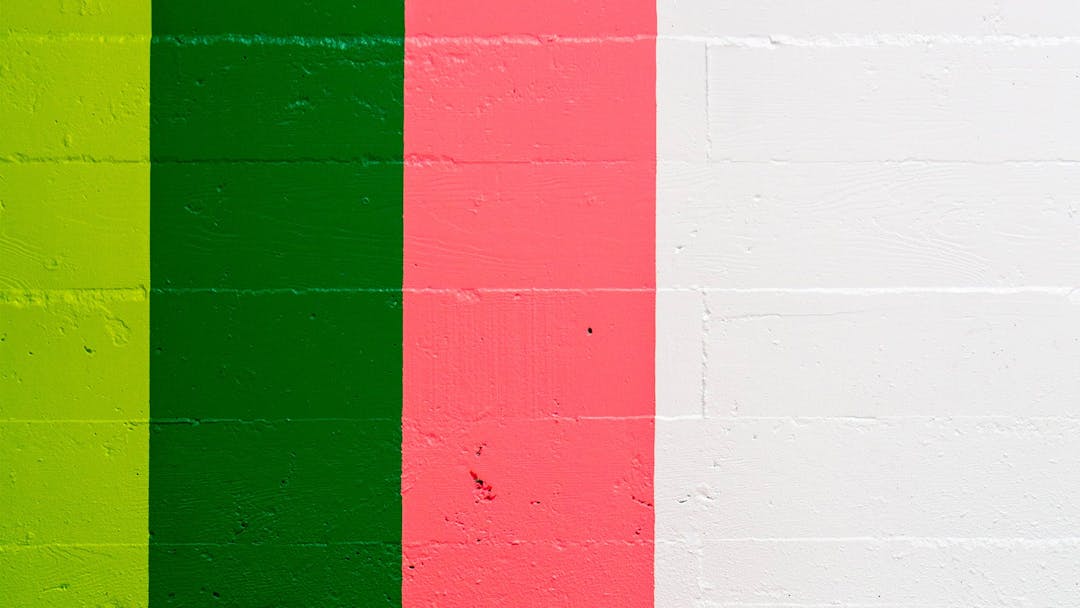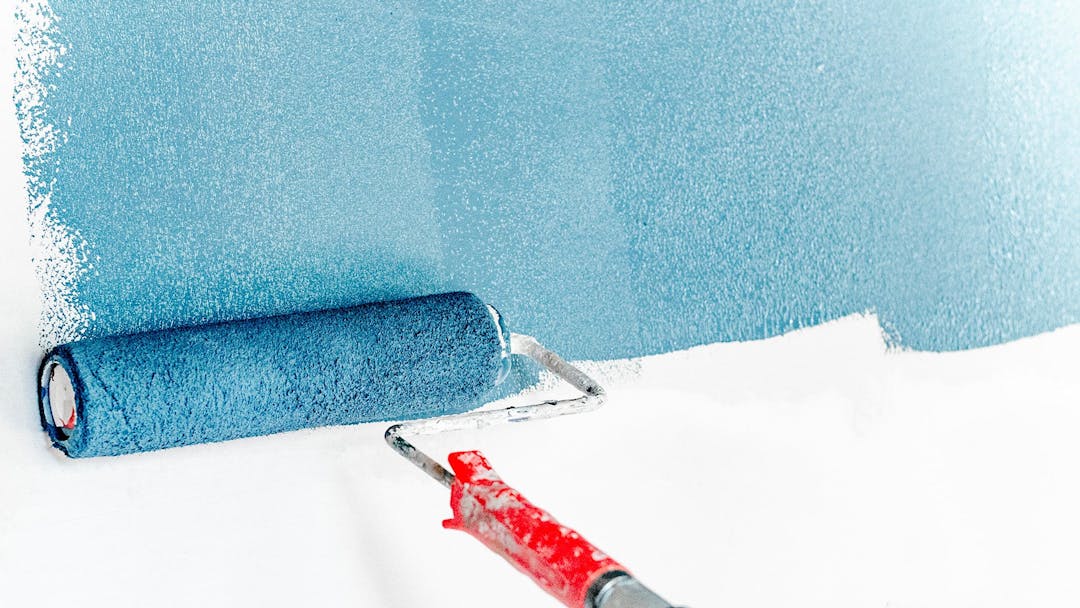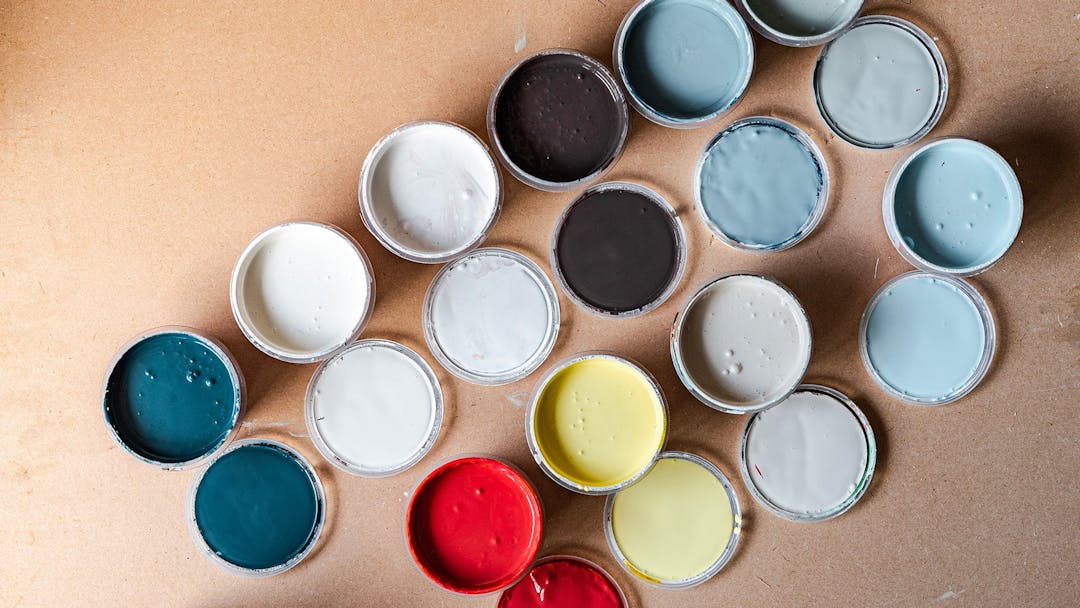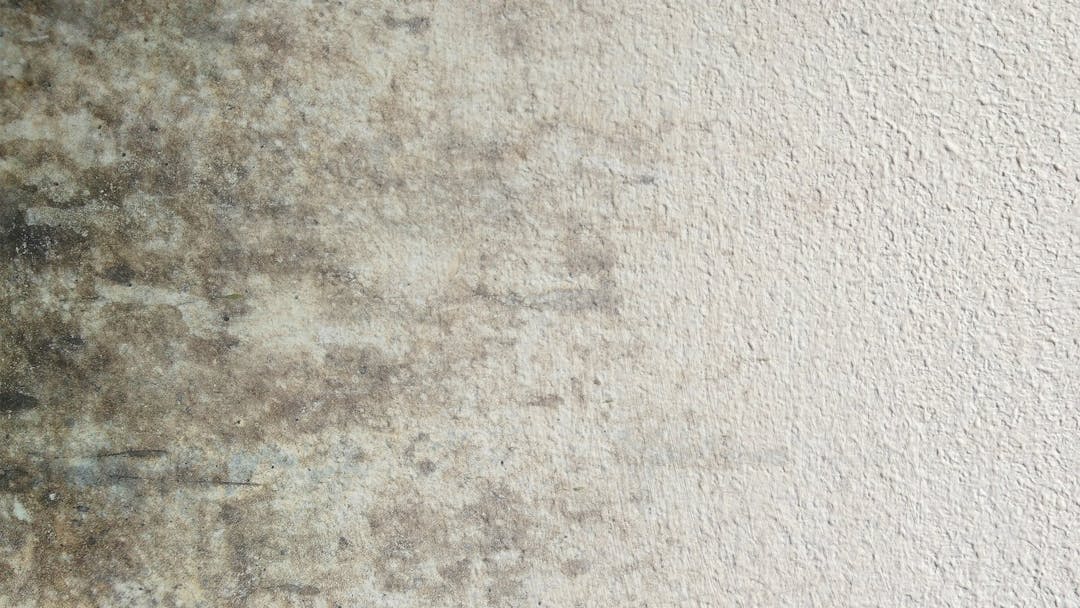The main techniques for painting walls are: brush painting, roller painting, spray painting, sponging or dabbing, Venetian stucco, and scratching.
If you want to try your hand at one of them, you first need to know the different types of paints, their characteristics, and the environments in which it is best to use them.
In this article, we have gathered all the information we think will be useful for you to consciously choose the most suitable product for your painting project.
The different types of interior paint
The three main families of indoor wall paints are tempera, water paint, and lime paint.
Going more specific, the range of products for painting indoor rooms is very wide and, for example, includes:
- Washable paint, stain-resistant and easy to clean, perfect for kitchens, bathrooms or children's rooms.
- Anti-mold paint, ideal for damp environments such as the bathroom or kitchen, this paint contains additives that prevent the formation of mold.
- Interior enamel, usually used to paint doors, windows or furniture, has a glossy, durable finish.
- Acrylic paint, water-based, so it dries quickly and is easy to clean.
- Alkyd paint, similar to oil paint, but faster drying, can be cleaned with soap and water.
The choice of product depends on the characteristics of the room you need to paint and the result you want to achieve. If you are undecided, get help from an expert in the field and purchase the paint in the quantity you need.
What is the difference between interior paint and water paint?
Indoor paint is a broad term that includes different types of paints, just like those listed in the previous paragraph.
In general, products suitable for indoor painting can be water-based or solvent-based.
Water-based indoor paints, such as acrylic and latex, are the most commonly used for painting the walls, ceiling and other surfaces of a room because they have low odor emission, are easy to clean and dry quickly.
Solvent-based interior paints offer greater durability and resistance, but can spread volatile organic compounds (VOCs) that are potentially harmful to health.
Water-based paint, on the other hand, is a specific type of water-based paint designed specifically for interior applications.
The main characteristic of this product is its high water resistance, so the painted surface is easy to clean with soap and water, without compromising the durability and appearance of the wall.
Water paint is particularly suitable for interior environments subject to frequent soiling and staining, such as kitchens, bathrooms, hallways, or areas of a building frequented by many people.
What is the difference between washable and breathable paint?

The main difference between washable and breathable paint lies in the chemical composition of the resins used.
Breathable paints have a lower percentage of resin than washable paints, which, once the product has dried completely, allows the wall to "breathe". Breathability involves the migration of water vapor formed on the wall through the paint layer and, consequently, its easy dispersion into the air.
Therefore, washable paint is more suitable for interior environments subject to wear or staining, while breathable paint is ideal for surfaces that require more moisture management, both inside and outside the house.
Which paint for damp interiors?
If you have to paint moderately humid interior rooms, the paint we recommend you choose is breathable or water-permeable paint.
You have to think that the water on the walls must have a way to evaporate, otherwise it will stagnate, accumulate and create halos and mold, which is why you have to apply a breathable paint.
This type of paint is particularly suitable in the following rooms:
-
Bathrooms.
These rooms are particularly prone to high humidity levels due to frequent use of hot water and steam during showers or baths. Breathable paint helps prevent moisture from accumulating on the walls, reducing the risk of mold and the possibility of paint peeling off.
-
Laundries.
Laundry rooms can also be damp because of steam produced by the washer and dryer. Breathable paint helps keep walls dry and protect them from condensation.
-
Cellars or basements.
These areas can be naturally damp, due to their location often partially or totally underground. Breathable paint can be an excellent solution to protect walls and combat water damage.
-
Areas with poor ventilation.
If you have interior rooms with poor ventilation, such as a walk-in closet or other enclosed room without windows, breathable paint can help keep the walls and ceiling from getting moldy.
An alternative is thermal paint, which reduces the temperature difference between the air and the wall, has high breathability and, as a result, prevents condensation and moisture stagnation. For the application of this product with special characteristics, we recommend that you turn to professionals.
If you have to repaint a room where you are certain that a lot of moisture will form, you can choose an anti-mold or anti-humidity paint, which contains a fungicide capable of preventing the proliferation of spores that will cause mold to proliferate.
What is the most durable paint?
The durability of a paint can depend on a number of factors, exposure to light and weather, but also on the type of room in which it is applied, so it is difficult to make a ranking.
If you want the paint you apply to the walls of your home to last for many years, first of all you need to buy superwashable and bioprotective acrylic resin-based water paints, which certainly have a higher price tag but provide better technical and aesthetic performance.
Find out how vernice.it can provide you with your own customized, high-quality paint.
